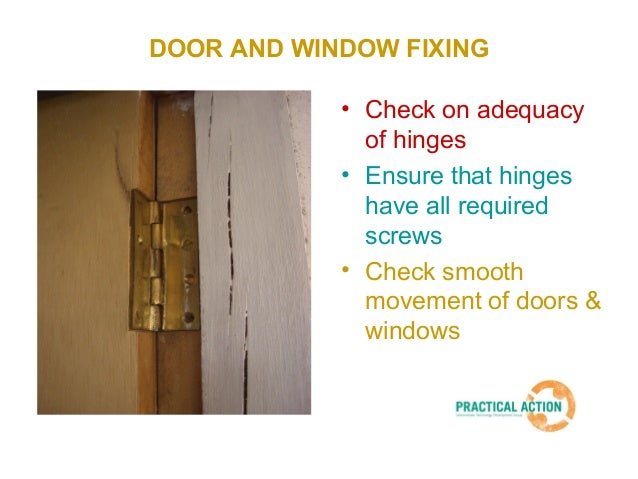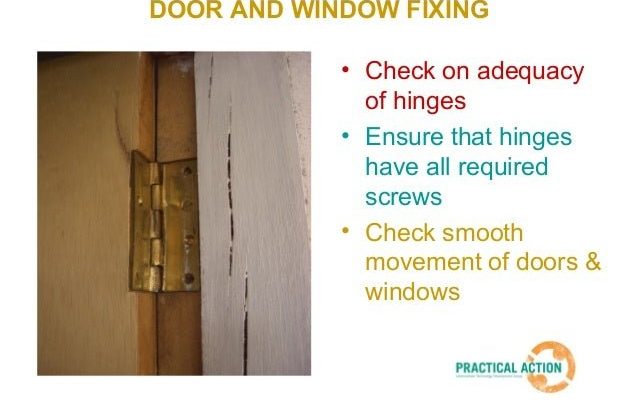
So, how do you spot the early signs of door hardware failure? It’s not unlike noticing when your favorite coffee maker starts brewing weak coffee. At first, you might not think much of it, but ignoring those signs can lead to a total breakdown. In this guide, we’ll break down the common warning signs of door hardware issues, what they might mean, and what steps you can take to fix or replace them.
Understanding Door Hardware Basics
Before we dive into the signs of failure, it’s essential to understand what door hardware includes. Door hardware consists of various components like hinges, locks, latches, and doorknobs. Each part plays a specific role, just like pieces in a puzzle. If one piece is out of whack, the entire system may not function correctly.
There are different types of door hardware, depending on your door’s function and location. For instance, exterior doors need robust locks for security, while interior doors may utilize simpler mechanisms. Understanding these components helps you identify what might be going wrong when you notice an issue.
You might be wondering why all this matters. Well, recognizing the specific parts contributing to your door’s performance will enable you to troubleshoot effectively. Once you know what to look for, spotting potential failures becomes much easier.
Common Signs of Wear and Tear
Every door hardware component will show signs of wear over time. Here are some common indicators that something may be amiss:
- Rust or Corrosion: If you notice rust on your hinges or locks, that’s a red flag. It can weaken the metal and compromise the hardware’s function.
- Difficulty Opening or Closing: If you find yourself wrestling with a door that won’t open easily, that’s a clear sign your hardware is failing.
- Unusual Noises: Squeaks, creaks, or grinding sounds could indicate problematic hinges or locks that need attention.
Catching these signs early can prevent more significant issues later. It’s like hearing a small screech from your car before it becomes an engine failure. If your door hardware is struggling, it’s time to take action.
Checking Door Hinges
Let’s start with hinges, a critical component of door operation. Hinges are often taken for granted, yet they bear the weight of the door and allow it to swing smoothly. Over time, they can develop rust or become loose.
Here’s how to check for hinge problems:
1. Look for Rust: Inspect the hinges for any signs of rust or corrosion. If they’re starting to rust, it’s time for replacement.
2. Wiggle Test: With the door closed, try gently wiggling it. If there’s excessive movement, the hinges might be loose and need tightening.
3. Listen for Noises: If you hear squeaking or grinding, your hinges may need lubrication. A little oil goes a long way!
If you find that your hinges are more than just a little rusty, replacing them is generally straightforward. Just be sure to choose hinges that are compatible with your door type and weight.
Identifying Lock Issues
Locks are your door’s security sentinels, so any failure here can be alarming. If you’re having trouble locking or unlocking your door, it’s essential to investigate further.
To check for lock problems:
1. Test the Key: If your key is sticking or not turning smoothly, the lock might be damaged or dirty. A simple cleaning can sometimes resolve this.
2. Check the Alignment: Look at the lock and its strike plate. If they aren’t aligned, it can cause difficulties in locking.
3. Listen for Snags: When you turn the key, does it feel like it’s snagging? This could indicate internal components are wearing out.
If you notice any serious issues, replacing the lock may be necessary, especially if it affects your home’s security.
Assessing Door Handles and Knobs
Door handles and knobs can also show signs of wear and tear. A smooth, functional handle is vital for ease of entry and exit. Here’s what to look for:
1. Loose Handles: If the handle wobbles or feels loose, it might need tightening or replacing.
2. Scratches and Dents: While cosmetic, these signs can mean the hardware is getting old and may not function well soon.
3. Difficulty in Operation: If the handle is hard to turn or doesn’t engage the mechanism, it’s a sign that something isn’t right.
Addressing these issues promptly can ensure your door remains functional and accessible.
Understanding Door Alignment Issues
Sometimes, the problem isn’t with the hardware itself but rather how the door is aligned. A misaligned door can cause undue stress on hinges and locks, leading to faster wear.
To check for alignment:
1. Visual Inspection: Look at the gaps around the door. If they’re uneven, the door may need adjusting.
2. Test Closure: Close the door to see if it catches. If it doesn’t close smoothly, it needs adjustment.
3. Check the Floor: Ensure the door is not dragging on the floor, which can also indicate an alignment problem.
Fixing alignment issues often involves adjusting the hinges or the strike plate, which is usually an easy DIY repair.
Importance of Regular Maintenance
Sometimes, the best way to identify early signs of door hardware failure is through regular maintenance. Just like changing the oil in your car, routine checks can keep everything running smoothly.
Consider the following maintenance tips:
– Regular Lubrication: Periodically lubricate hinges and locks to prevent rust and ensure smooth operation.
– Visual Inspections: Take a few minutes every few months to inspect your door hardware for any signs of wear.
– Tighten Loose Components: Don’t wait for a larger issue to arise—tighten up any loose screws or parts as soon as you notice them.
By being proactive, you’ll catch problems early and prolong the life of your door hardware.
When to Seek Professional Help
If you find that minor fixes aren’t doing the trick, it may be time to call in a professional. Sometimes, issues can be more complex than they appear, and a pro will have the tools and expertise to diagnose the problem accurately.
You might want to seek help if:
– The door won’t open or close at all.
– Locks appear damaged beyond simple repair.
– You notice significant misalignment or structural problems with the door itself.
Remember, when in doubt, it’s better to consult with someone who knows the ins and outs of door hardware.
In conclusion, recognizing the early signs of door hardware failure is essential to maintaining a secure and functional home. By keeping an eye out for the symptoms we’ve discussed, you can take steps to prevent more significant issues from arising. Just like maintaining any other aspect of your home, a little attention goes a long way in ensuring your door hardware lasts for years to come.
